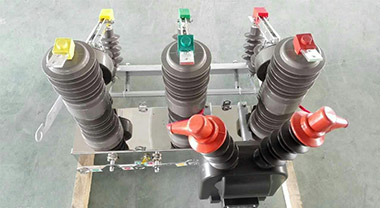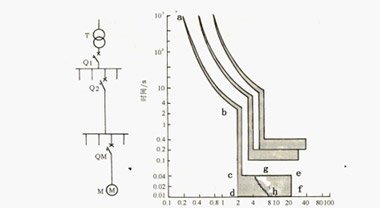Classification of hydraulic operating mechanism
Classification and characteristics of hydraulic operating mechanism of high voltage circuit breaker
1. Classification of hydraulic operating mechanism.
According to the energy storage method, it can be divided into two types: non-energy storage and energy storage. Generally, non-energy storage type is used for isolating switches, and energy storage type is used for 35kV and above oil-less circuit breakers and 110kV and above single-voltage SF6 circuit breakers. According to the direction of hydraulic action, it can be divided into one-way transmission type and two-way transmission type. According to the hydraulic transmission mode, it can be divided into indirect (mechanical-hydraulic hybrid) transmission and direct (full hydraulic) transmission. According to the charging method, it can be divided into three types: instantaneous charging type, constant high pressure maintaining type and instantaneous pressure loss-normal high pressure maintaining type. Atmospheric pressure holding hydraulic operating mechanism is a relatively common structure adopted by countries all over the world.
2. Features of hydraulic operating mechanism.
The hydraulic operating mechanism uses the principle of liquid incompressibility and uses hydraulic oil as the transmission medium to send high-pressure oil to both sides of the working cylinder to realize the opening and closing operations of the circuit breaker. It has the following characteristics:
- Main advantages. The output power is large, the time delay is small, the action is fast, the load characteristics are well coordinated, the noise is low, the reliability is high, and the maintenance is convenient.
- Main disadvantages. The processing technology is demanding. If the manufacturing or assembly is poor, it is easy to leak oil, etc., and the speed characteristics are easily affected by the ambient temperature.




